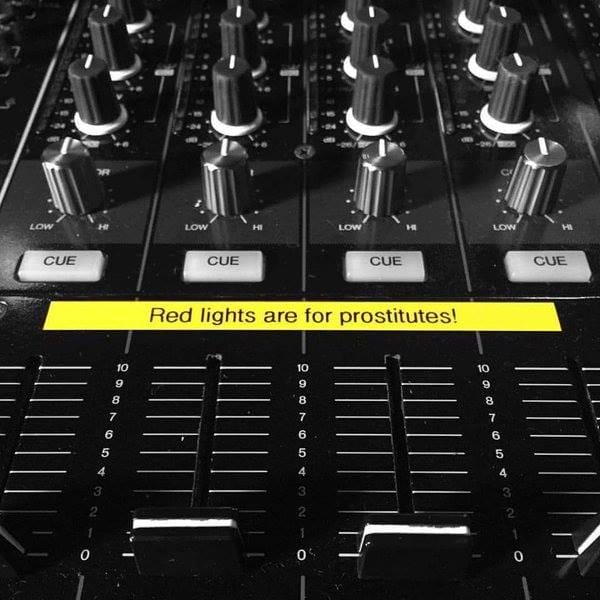Gain Staging in Audio Production – Why It Matters, How to Do It?

One of the most underrated yet essential concepts in audio production is gain staging.
While it may sound like a dry, technical detail, it is in fact the invisible backbone of every professional mix and master.
Ignoring it leads to distortion, poor headroom management, and plugins behaving incorrectly.
Paying attention to gain staging ensures clarity, punch, and consistency.
What is Gain Staging?
Gain staging is the process of managing the signal level at every step of the signal chain.
From the recording stage (microphones, instruments, preamps), through processing with EQs, compressors, and other plugins, all the way to the mix bus and final premaster – the audio signal is passed through multiple stages, each with its own potential to amplify or attenuate the signal.
The goal:
- Keep signals strong enough to rise above the noise floor.
- Prevent overload and clipping.
- Maintain headroom for transients and mastering.
Think of it as setting the “operating level” of your audio system correctly, so that every element – analog or digital – can work in its sweet spot.
Why is Gain Staging Important?
-
Prevents Distortion
In digital audio, 0 dBFS is an absolute ceiling. Any signal that exceeds it will hard-clip, creating harsh, non-musical distortion. Proper gain staging ensures this never happens. -
Maintains Headroom
Having a few dB of space between your loudest peak and 0 dBFS allows dynamics to breathe and leaves room for mastering. -
Keeps Noise Under Control
Signals that are too low will require excessive amplification later in the chain, which raises the noise floor. -
Optimizes Plugin Behavior
Many plugins (especially analog emulations) are modeled to work best at certain input levels (commonly around -18 dBFS RMS = analog 0 VU). Too hot → they distort; too soft → they don’t “wake up.” -
Consistency Across Tracks
Well-staged gain ensures that instruments and vocals sit naturally in the mix without extreme fader adjustments.
Practical Guidelines for Gain Staging
While there is no universal rule, the following ranges are widely considered good practice:
Individual Tracks
- RMS: -18 to -14 dBFS
- Peak: -12 to -6 dBFS
Busses / Groups
- RMS: around -14 dBFS
- Peak: -6 to -3 dBFS
Premaster (Mixbus)
- RMS: -16 to -14 dBFS
- Peak: around -6 dBFS headroom
This balance avoids both noise (too quiet) and clipping (too loud).
Analog vs. Digital Gain Staging
Analog Domain
- Forgiving nature: pushing levels into the red often produces musical saturation, compression, or harmonic richness.
- Tape machines, consoles, and outboard gear thrive when driven slightly beyond nominal level.
Digital Domain
- 0 dBFS = hard wall → exceeding it causes destructive clipping.
- Unlike analog, there is no natural “graceful” overload.
- Proper gain staging is critical to preserve dynamics and clarity.
Many modern plugins emulate analog gear but still operate inside the digital ceiling.
You can get analog-like saturation, but you must always leave headroom.
How to Apply Gain Staging in Practice
-
During Recording
Aim for peaks around -12 to -6 dBFS. -
Inside the DAW
Normalize tracks to hover around -18 dBFS RMS.
Use gain/trim plugins before compressors, EQs, etc. -
Plugin Chains
Check input and output levels of each plugin, not just the fader. -
Mix Bus
Keep mix bus output around -6 dBFS peak → ensures mastering headroom. -
Final Check
Use a true peak meter to catch intersample peaks (important for streaming platforms).
Conclusion
Gain staging is not optional – it is the foundation of professional audio production.
Correct levels prevent distortion, preserve dynamics, optimize plugins, and deliver a cleaner, punchier mix.
- Analog era: managing noise & overload.
- Digital era: ensuring headroom, clarity & avoiding destructive clipping.
Master gain staging, and you’ll solve 70% of mix problems before touching EQ or compression.
FAQ
What is gain staging?
The process of managing signal levels at every stage of the chain to maintain clarity, avoid distortion, and preserve headroom.
Why is gain staging important?
It prevents clipping, keeps noise under control, optimizes plugin behavior, and ensures consistency in the mix.
What are good target levels?
- Tracks: -18 to -14 dBFS RMS, peaks around -12 to -6 dBFS
- Busses: around -14 dBFS RMS, peaks -6 to -3 dBFS
- Mixbus: -16 to -14 dBFS RMS, peak around -6 dBFS
What’s the difference between analog and digital gain staging?
Analog gear can be pushed for warmth and saturation, while digital systems hard-clip at 0 dBFS, making headroom management critical.
How do I apply gain staging in practice?
Track at safe levels, balance your DAW tracks around -18 dBFS RMS, manage plugin input/output, keep mixbus peaks at -6 dBFS, and check with a true peak meter.
About the Co-Author
CB MASTERING – partner in crime at NexaTunes Blog
📧 cbmastering@gmx.de · 🔗 linktr.ee/cb.mastering
